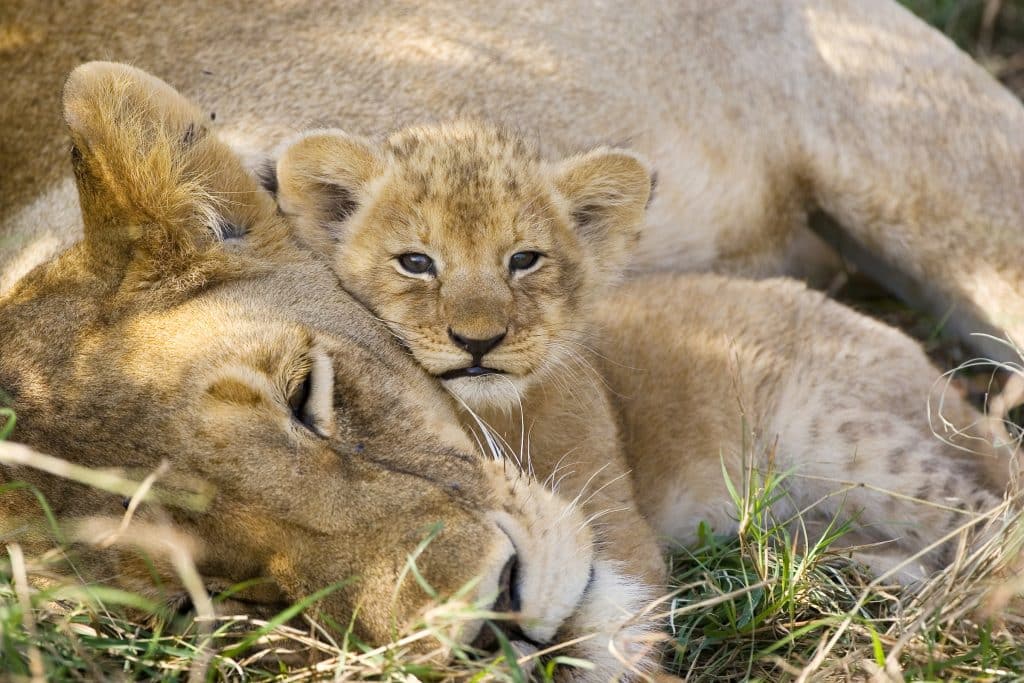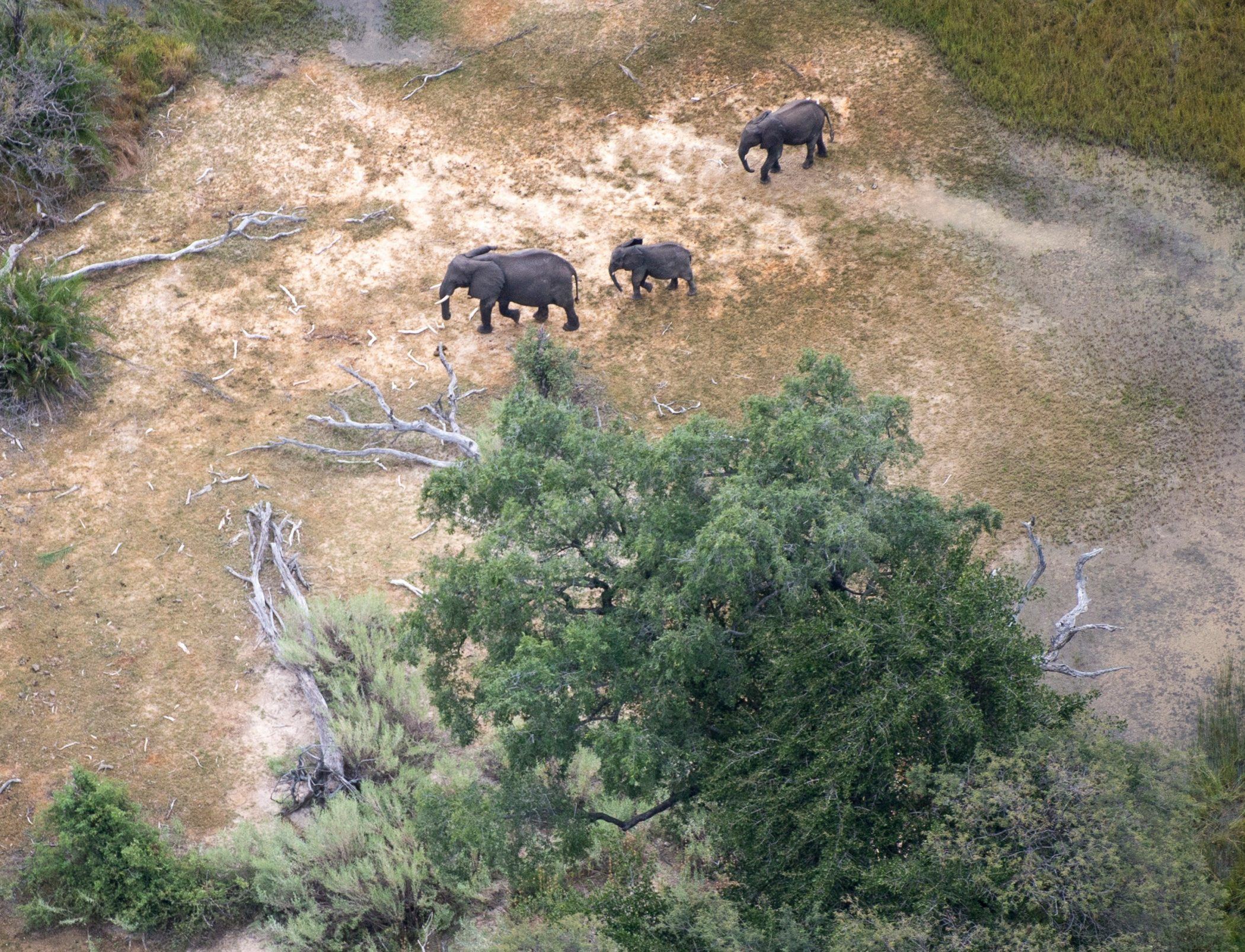
Our Strategies
To ensure people and wildlife can coexist and thrive, WCN employs three core strategies—supporting the most effective Conservation Partners with the funding and resources they need to protect wildlife, creating Wildlife Funds that provide flexible grants to a wide range of organizations that protect a specific species across its entire range, and investing in the education and career growth of Rising Wildlife Leaders.Conservation Partners
We find the best entrepreneurial organizations and invite them to receive in-depth, ongoing support by joining our Network of Conservation Partners. We provide our Partners with the financial resources, tools, and services they need to effectively protect wildlife. Conservationists in our Network work within local communities to find solutions that address the needs of both wildlife and people.
Learn MoreWildlife Funds
We establish Wildlife Funds when we see a need and an opportunity to protect threatened wildlife across a larger landscape. By providing specific, short-term funding to projects from institutions big and small, we harness the power of multiple organizations working to save a species throughout its entire habitat. 100% of donations to WCN'S Wildlife Funds go directly to the field, with zero overhead.
Learn MoreRising Wildlife Leaders
Conservation thrives when local conservationists have the support they need to protect wildlife. We invest in these brave women and men to strengthen their skills, build their organizations, and advance their careers in conservation. Through scholarships and grants, we provide support to the local people who are shaping conservation in their home countries, ensuring we have a greater and more sustainable impact for wildlife.
Learn MoreOur Strategies
To ensure people and wildlife can coexist and thrive, WCN employs three core strategies—supporting the most effective Conservation Partners with the funding and resources they need to protect wildlife, creating Wildlife Funds that provide flexible grants to a wide range of organizations that protect a specific species across its entire range, and investing in the education and career growth of Rising Wildlife Leaders.Conservation Partners
We find the best entrepreneurial organizations and invite them to receive in-depth, ongoing support by joining our Network of Conservation Partners. We provide our Partners with the financial resources, tools, and services they need to effectively protect wildlife. Conservationists in our Network work within local communities to find solutions that address the needs of both wildlife and people.
Wildlife Funds
We establish Wildlife Funds when we see a need and an opportunity to protect threatened wildlife across a larger landscape. By providing specific, short-term funding to projects from institutions big and small, we harness the power of multiple organizations working to save a species throughout its entire habitat. 100% of donations to WCN'S Wildlife Funds go directly to the field, with zero overhead.
Rising Wildlife Leaders
Conservation thrives when local conservationists have the support they need to protect wildlife. We invest in these brave women and men to strengthen their skills, build their organizations, and advance their careers in conservation. Through scholarships and grants, we provide support to the local people who are shaping conservation in their home countries, ensuring we have a greater and more sustainable impact for wildlife.
Dolphins and Dugongs
Marine mammals play important ecological roles as both predator and prey, but unfortunately, marine mammals in Malaysia are threatened by over-fishing, by-catch, boat traffic, plastic pollution, and noise pollution.
Cotton-Top Tamarin
The tiny cotton-top, which weighs less than a pound, are found only in northwestern Colombia and are one of the most endangered primates in the world.
Macaws
Macaws are renowned for their beauty, intelligence, and charisma, yet due to their slow reproductive rate very few remain in the wild.
Snow Leopard
The strikingly beautiful but endangered snow leopard remains one of the world’s most mysterious and rarely seen cats.
Gorillas
Gorillas are strong and social beings, yet they face threats from habitat degradation and disease transmission.
Small Wild Cats
Most people are familiar with big cats, but few could name the 33 species of small wild cats living all around the world.
Elephant
Elephants are among the world’s most intelligent, sensitive and social animals, possessing both empathy and family values.
Cheetah—Namibia
Cheetahs are famous for their speed and agility but are also one of Africa’s most endangered big cats.
Andean Cats
The Andean cat is one of the rarest and least known cats in the world; fewer than 1,400 exist in the mountains of South America.
Lion—Ewaso
Kenya is home to less than 2000 lions. In Northern Kenya, outside protected areas, lions and people are learning to coexist.
Grevy’s Zebra
Less than 2,500 Grevy’s zebra exist today; these special animals are distinguishable from other zebras by their larger size and round “Mickey Mouse” ears.
Orangutan
Orangutans play a critical role in keeping forests healthy, but are Critically Endangered due to habitat loss and their low reproductive rate.
Okapi
The gentle, mysterious okapi live only in the Democratic Republic of Congo, and though they appear to be half-zebra they are actually the closest relative of the giraffe.
Penguins
There are 18 different penguin species living throughout the Southern Hemisphere, 55% of which are listed as threatened.
Spectacled Bear
Spectacled bears, also known as Andean bears, are the only bear species in all of South America.
Grey Crowned Cranes
Grey Crowned Cranes are a symbol of longevity, but unfortunately are threatened by habitat loss and the illegal wildlife trade.
Saiga Antelope
The saiga antelope has been around since the Ice Age and once numbered in the millions; today only 40,000 survive.
Rhinos
Today, fewer than 26,000 rhinos remain in Africa and Asia. Poaching for their horns and habitat loss continuously threaten the future of these distinctive giants.
Painted Dogs
Painted dogs have highly social and complex packs and approximately 100,000 dogs existed in the 1900’s, but now only 7,000 dogs are thought to remain.
Cheetah—Botswana
Botswana provides a home for approximately 30% of the earth’s remaining 7,100 cheetahs, it is the only country where their population remains stable.
Lion—Niassa
Niassa National Reserve in Mozambique is one of the last great wild places on Earth and one of the important remaining strongholds for the African lion.
Pangolins
Pangolins have the unfortunate distinction of being the most illegally trafficked wild mammal in the world. All eight species of pangolins are threatened with extinction.
Ethiopian Wolf
The Ethiopian wolf is the rarest and most endangered canid in the world.
Sharks and Rays
Sharks and rays are essential for healthy oceans, but are vulnerable to human threats like pollution, climate change, and overfishing.
Dolphins and Dugongs
Cotton-Top Tamarin
Macaws
Snow Leopard
Gorillas
Small Wild Cats
Elephant
Cheetah—Namibia
Andean Cats
Lion—Ewaso
Grevy’s Zebra
Orangutan
Okapi
Penguins
Spectacled Bear
Grey Crowned Cranes
Saiga Antelope
Rhinos
Painted Dogs
Cheetah—Botswana
Lion—Niassa
Pangolins
Ethiopian Wolf
Sharks and Rays
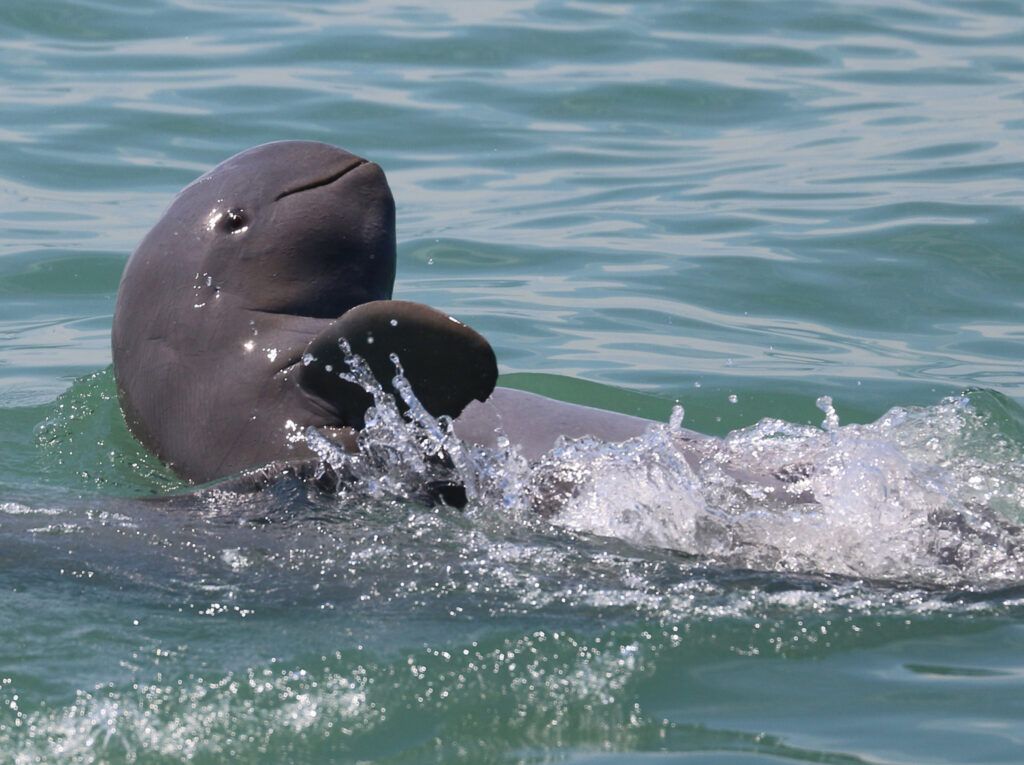
Dolphins and Dugongs
Marine mammals play important ecological roles as both predator and prey, but unfortunately, marine mammals in Malaysia are threatened by over-fishing, by-catch, boat traffic, plastic pollution, and noise pollution.
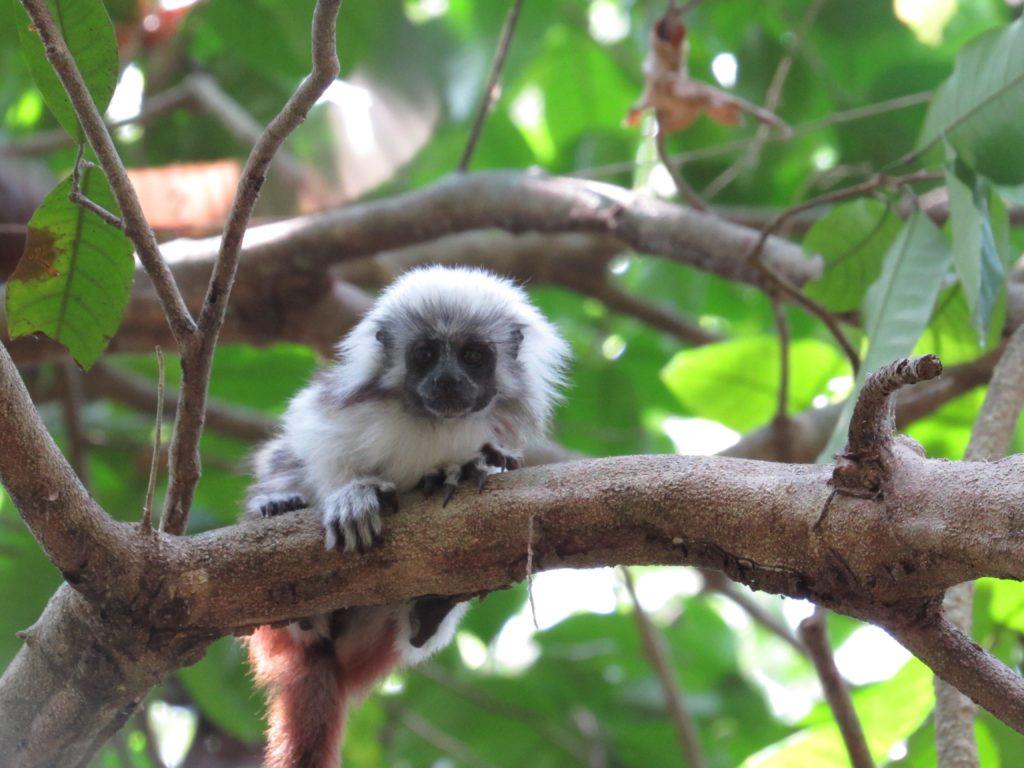
Cotton-Top Tamarin
The tiny cotton-top, which weighs less than a pound, are found only in northwestern Colombia and are one of the most endangered primates in the world.
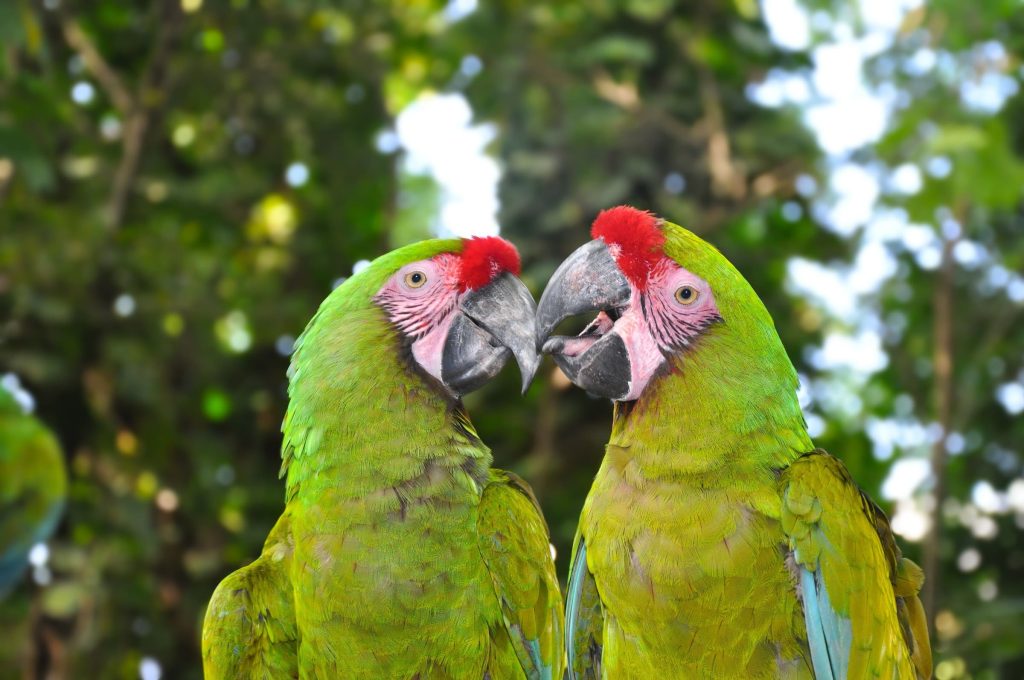
Macaws
Macaws are renowned for their beauty, intelligence, and charisma, yet due to their slow reproductive rate very few remain in the wild.
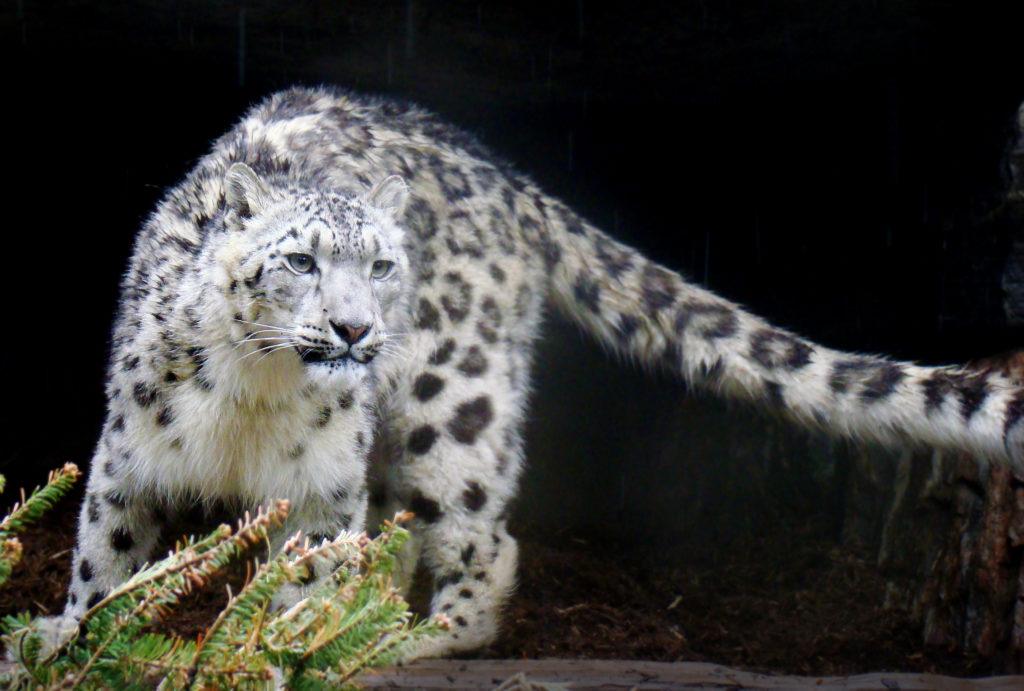
Snow Leopard
The strikingly beautiful but endangered snow leopard remains one of the world’s most mysterious and rarely seen cats.
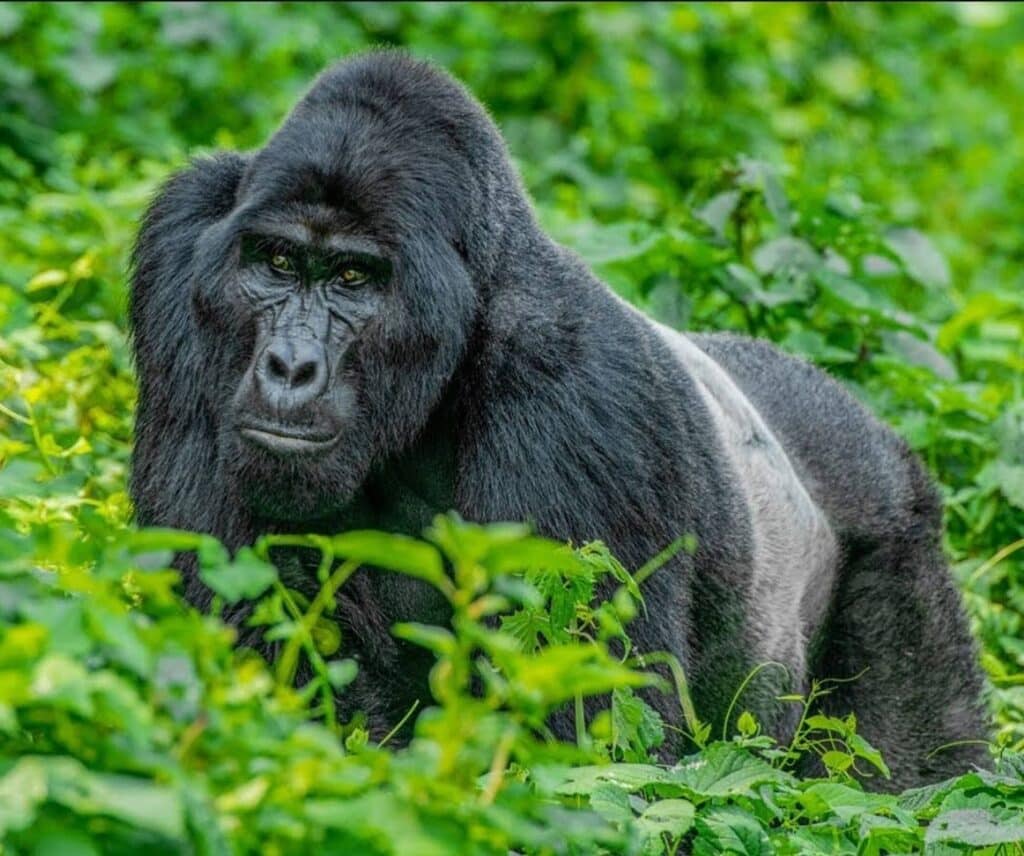
Gorillas
Gorillas are strong and social beings, yet they face threats from habitat degradation and disease transmission.
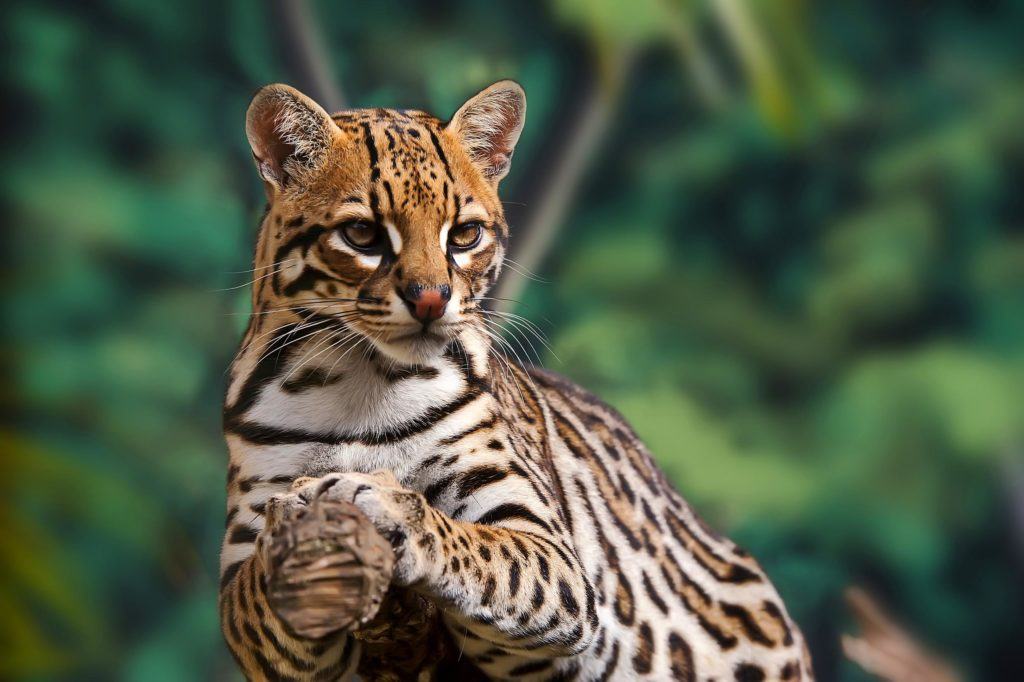
Small Wild Cats
Most people are familiar with big cats, but few could name the 33 species of small wild cats living all around the world.
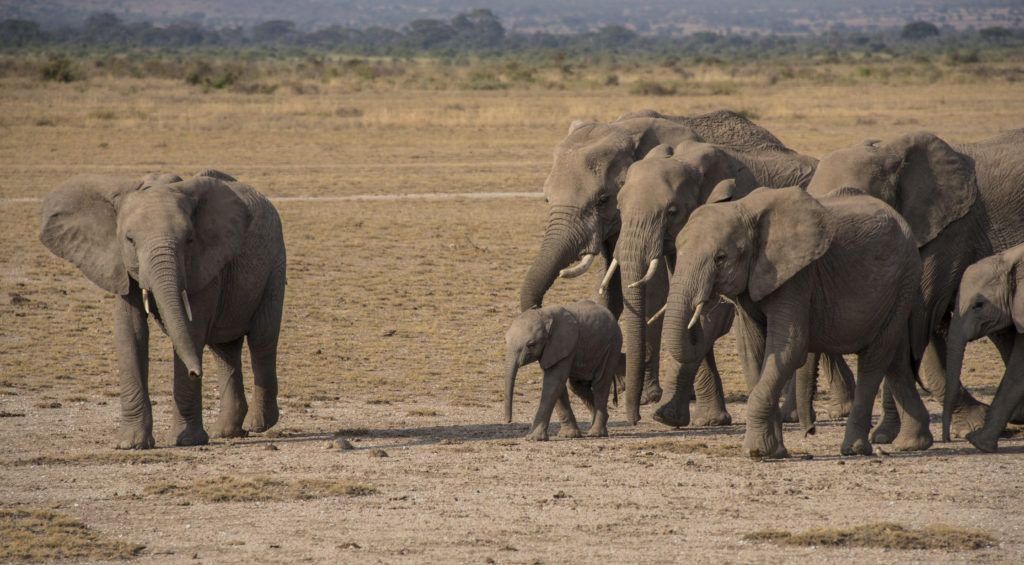
Elephant
Elephants are among the world’s most intelligent, sensitive and social animals, possessing both empathy and family values.
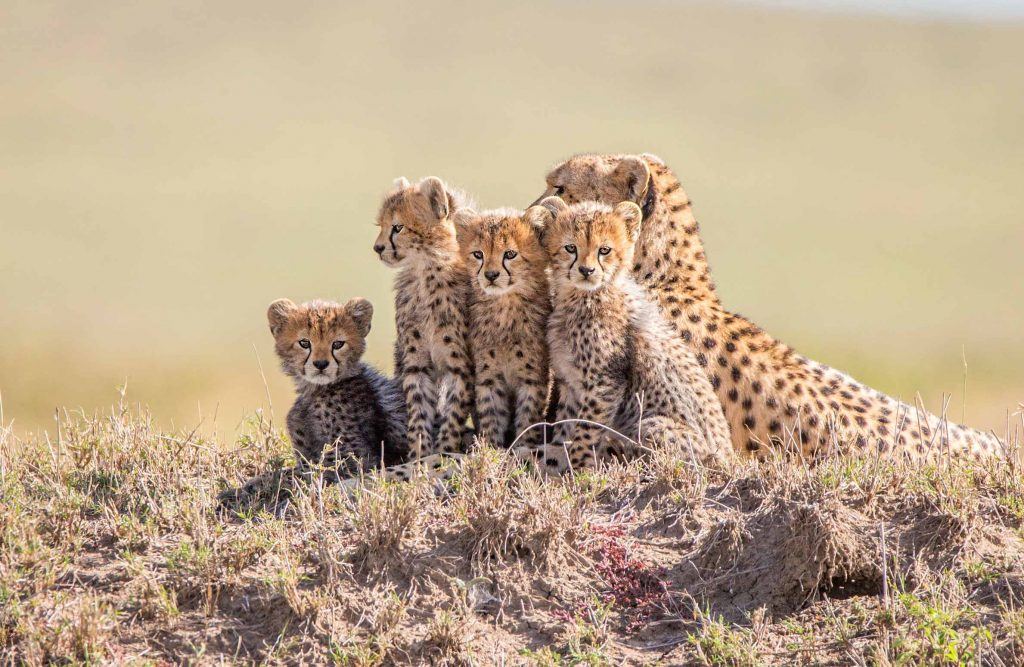
Cheetah—Namibia
Cheetahs are famous for their speed and agility but are also one of Africa’s most endangered big cats.
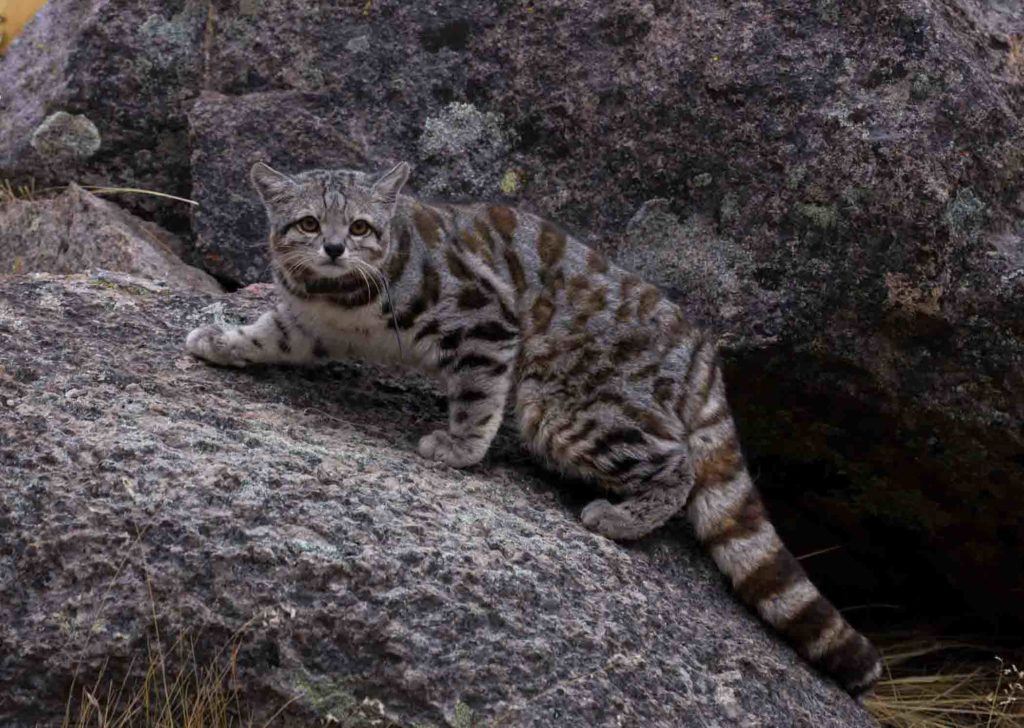
Andean Cats
The Andean cat is one of the rarest and least known cats in the world; fewer than 1,400 exist in the mountains of South America.
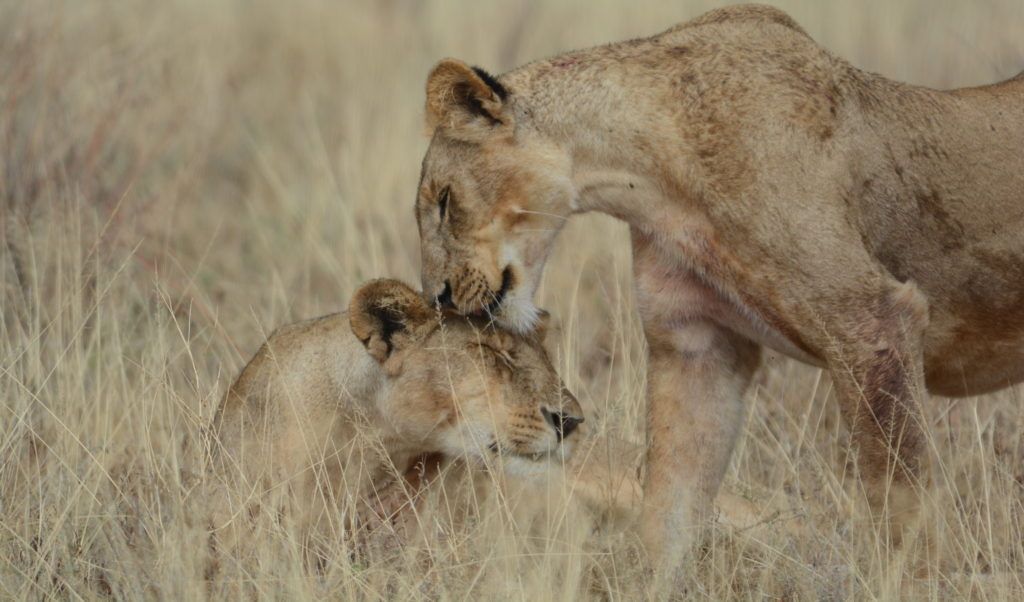
Lion—Ewaso
Kenya is home to less than 2000 lions. In Northern Kenya, outside protected areas, lions and people are learning to coexist.
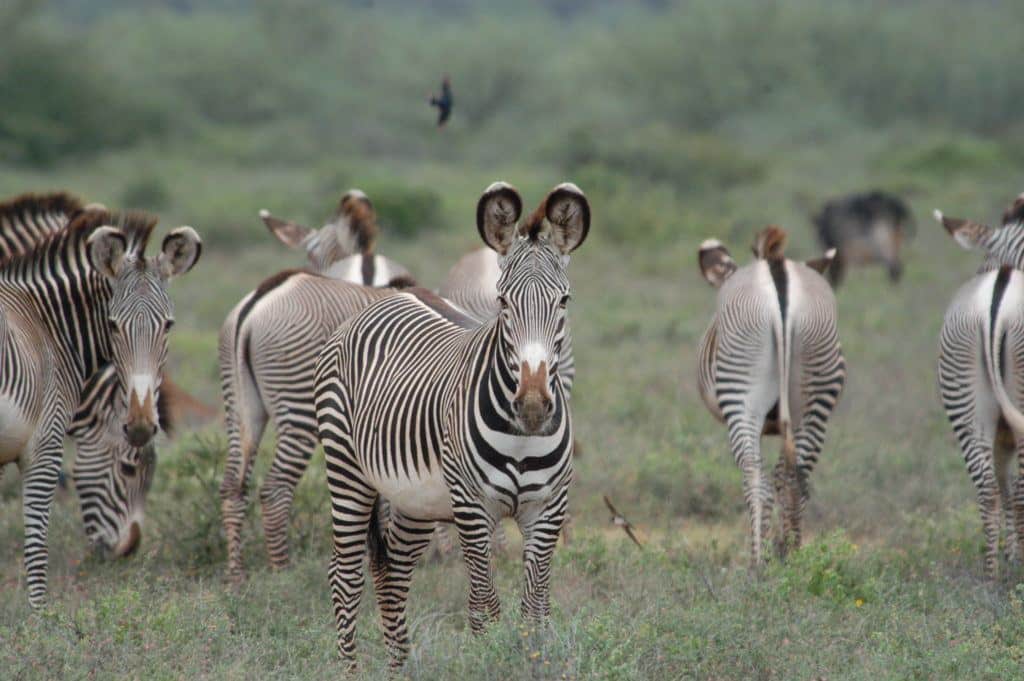
Grevy’s Zebra
Less than 2,500 Grevy’s zebra exist today; these special animals are distinguishable from other zebras by their larger size and round “Mickey Mouse” ears.
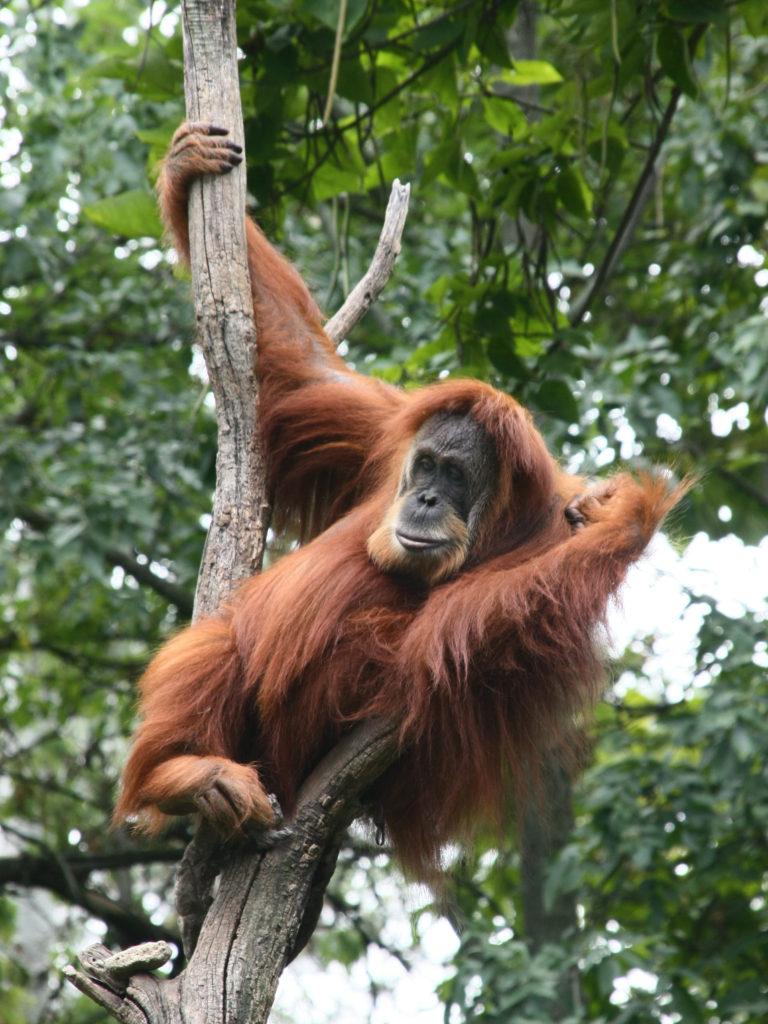
Orangutan
Orangutans play a critical role in keeping forests healthy, but are Critically Endangered due to habitat loss and their low reproductive rate.
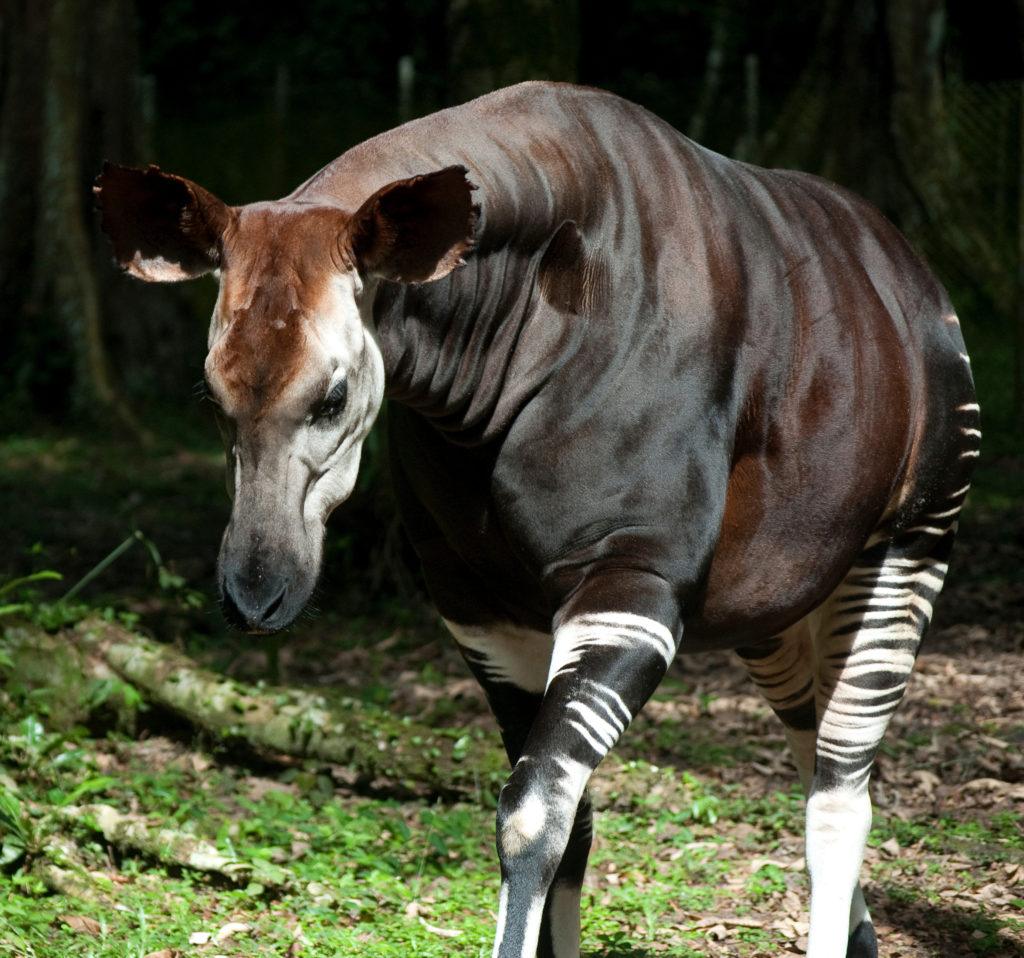
Okapi
The gentle, mysterious okapi live only in the Democratic Republic of Congo, and though they appear to be half-zebra they are actually the closest relative of the giraffe.
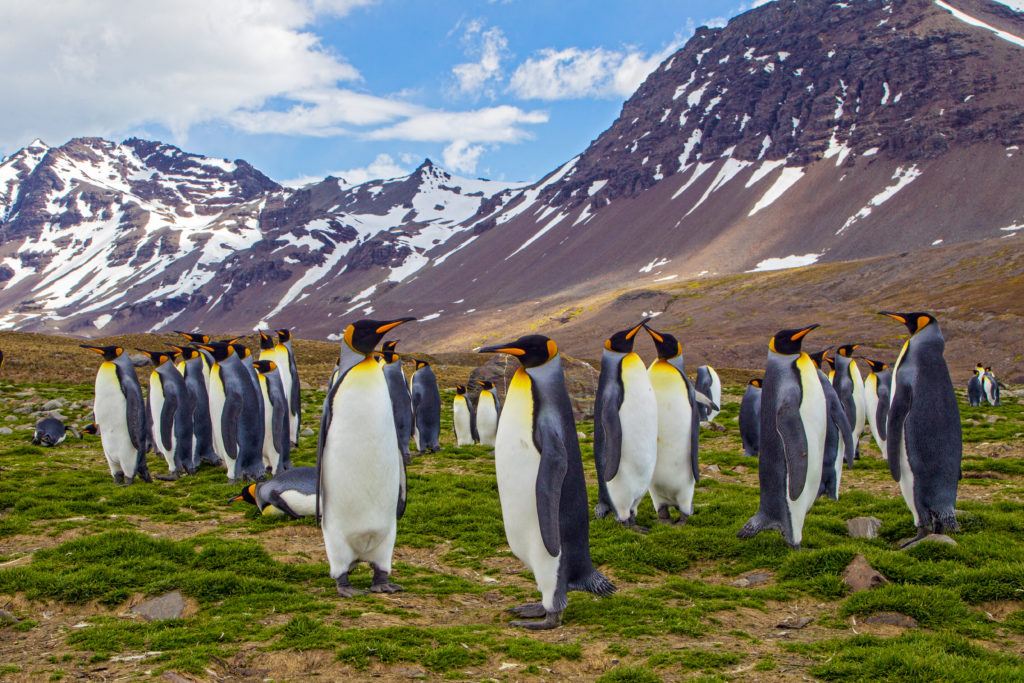
Penguins
There are 18 different penguin species living throughout the Southern Hemisphere, 55% of which are listed as threatened.
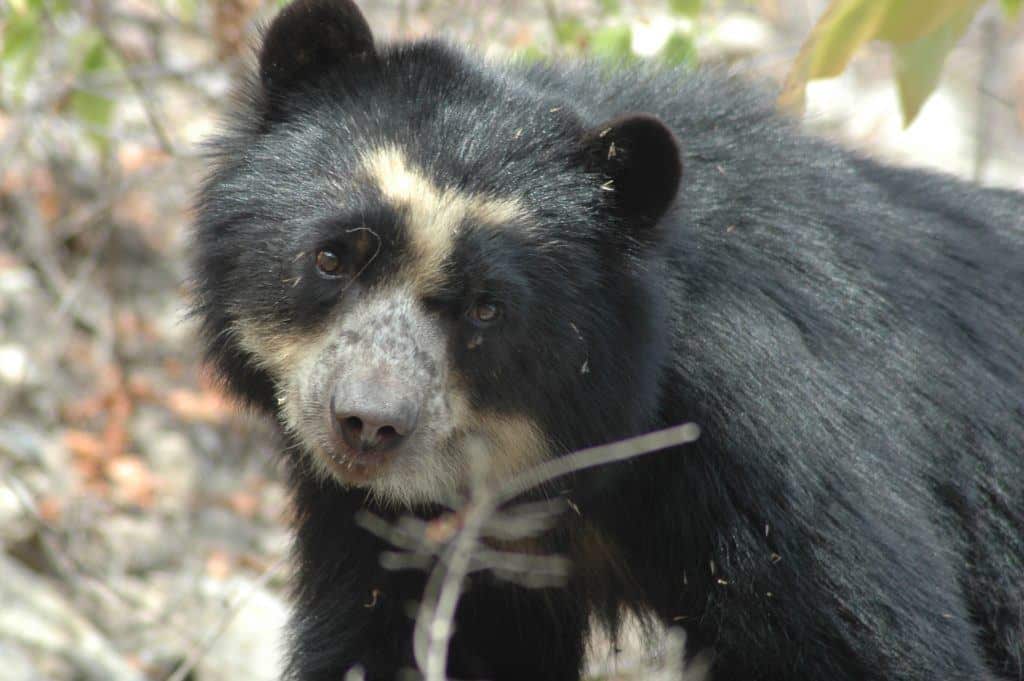
Spectacled Bear
Spectacled bears, also known as Andean bears, are the only bear species in all of South America.
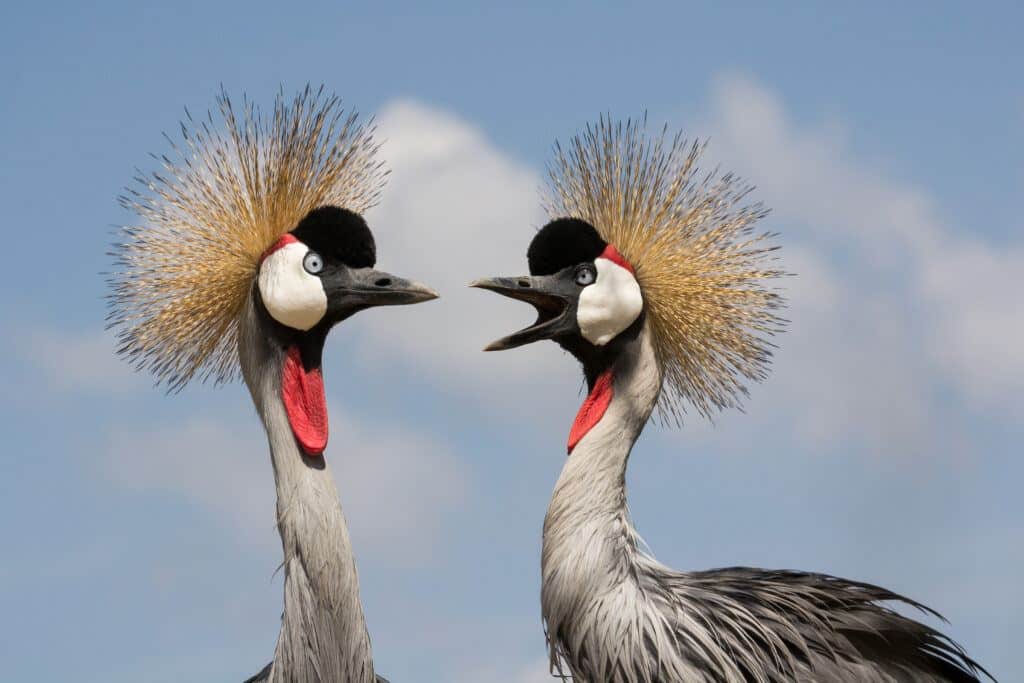
Grey Crowned Cranes
Grey Crowned Cranes are a symbol of longevity, but unfortunately are threatened by habitat loss and the illegal wildlife trade.
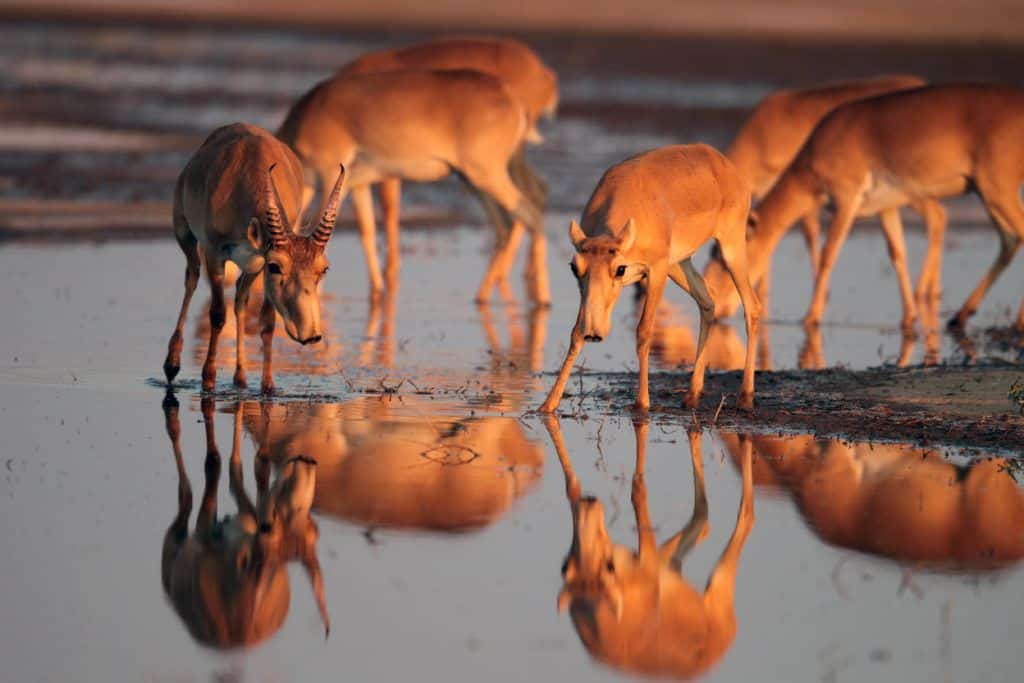
Saiga Antelope
The saiga antelope has been around since the Ice Age and once numbered in the millions; today only 40,000 survive.
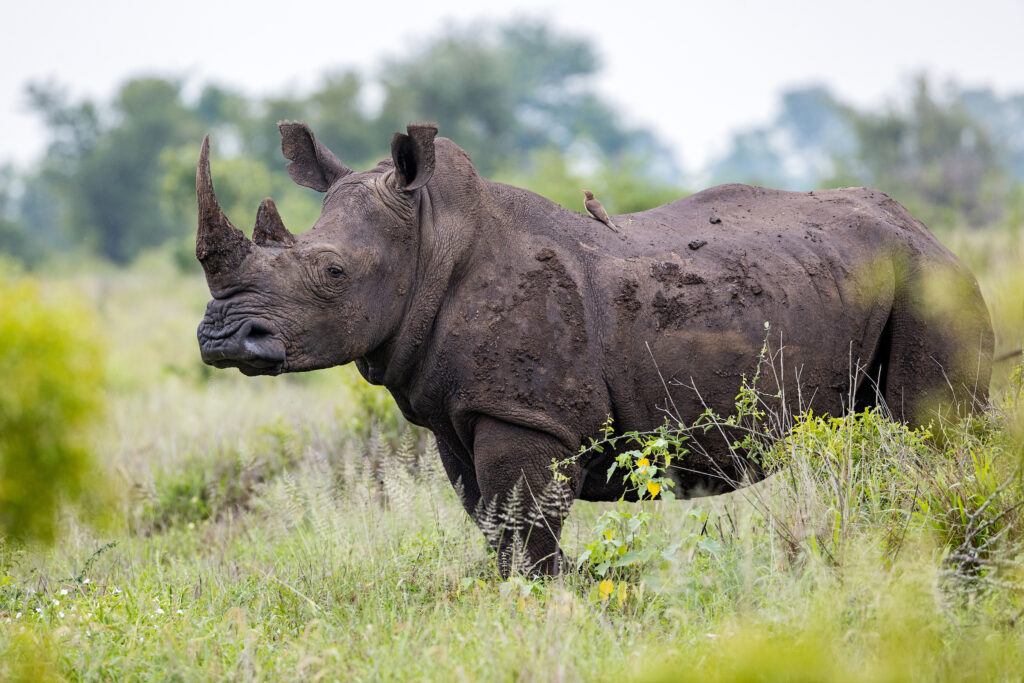
Rhinos
Today, fewer than 26,000 rhinos remain in Africa and Asia. Poaching for their horns and habitat loss continuously threaten the future of these distinctive giants.
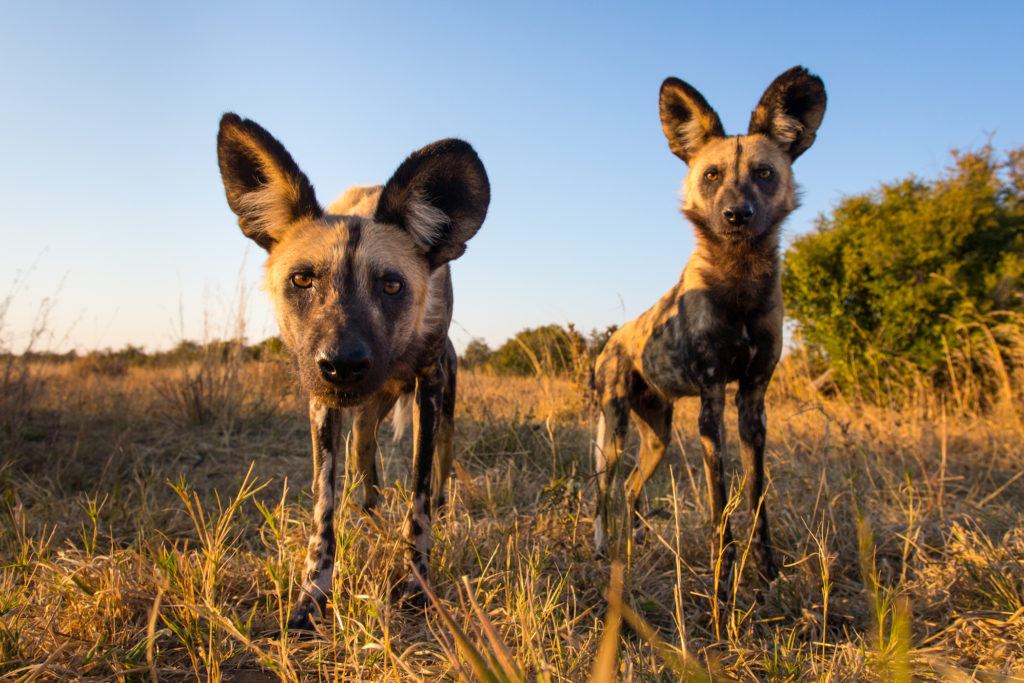
Painted Dogs
Painted dogs have highly social and complex packs and approximately 100,000 dogs existed in the 1900’s, but now only 7,000 dogs are thought to remain.
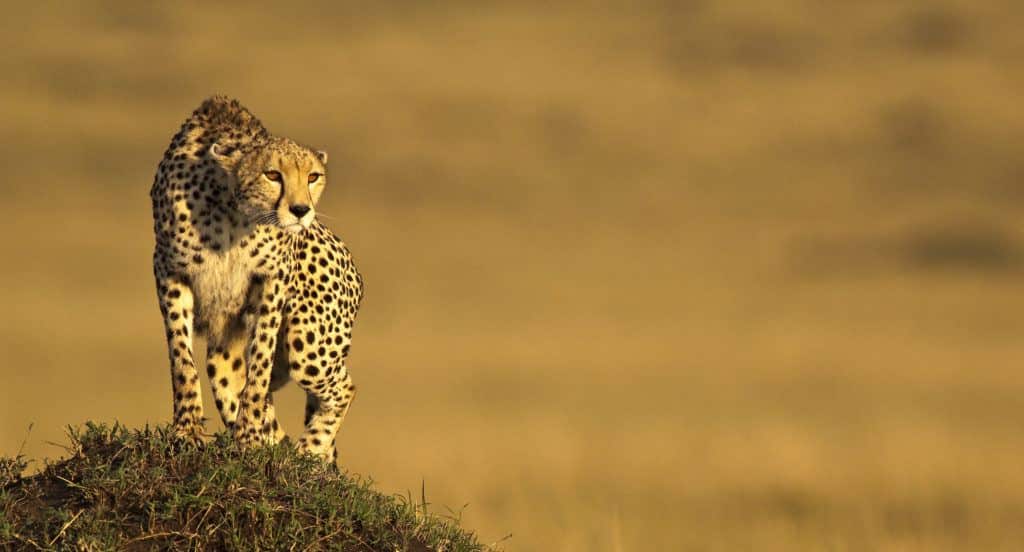
Cheetah—Botswana
Botswana provides a home for approximately 30% of the earth’s remaining 7,100 cheetahs, it is the only country where their population remains stable.
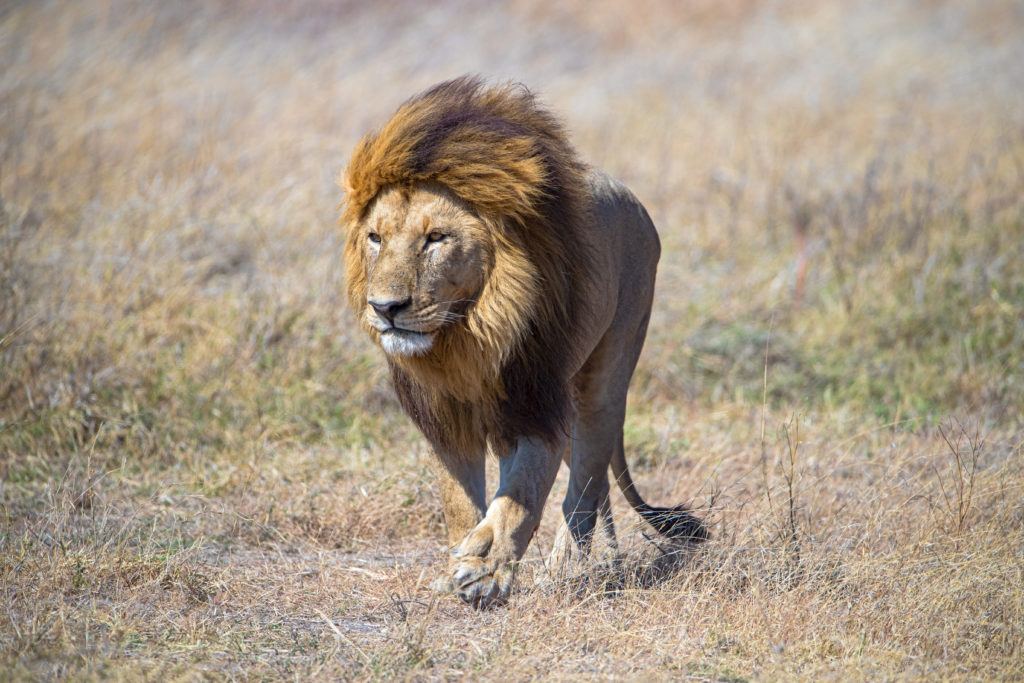
Lion—Niassa
Niassa National Reserve in Mozambique is one of the last great wild places on Earth and one of the important remaining strongholds for the African lion.
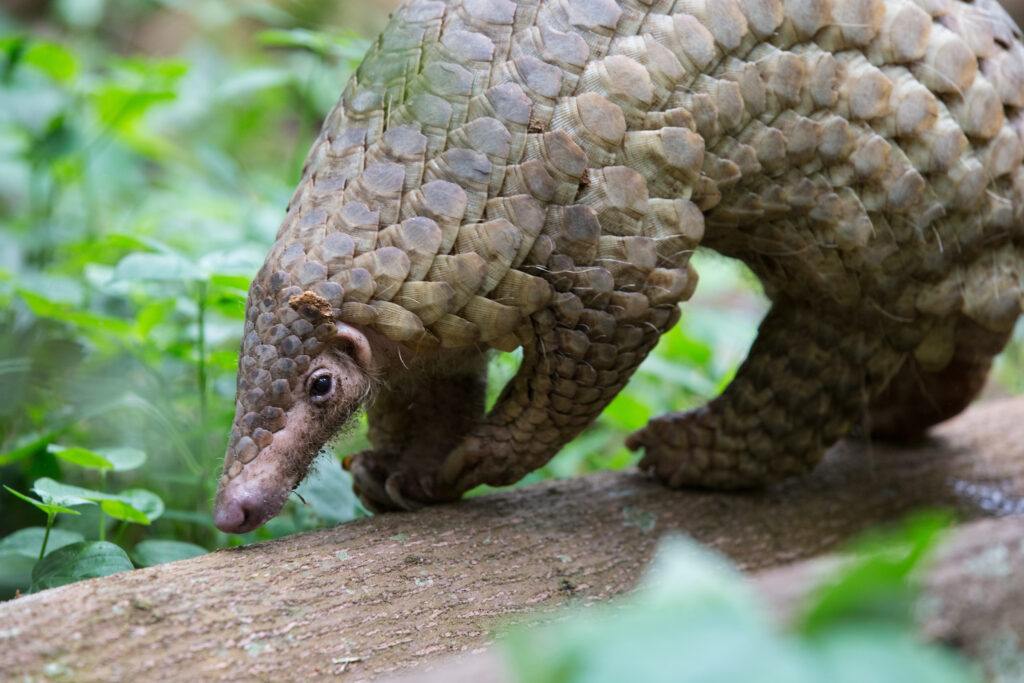
Pangolins
Pangolins have the unfortunate distinction of being the most illegally trafficked wild mammal in the world. All eight species of pangolins are threatened with extinction.
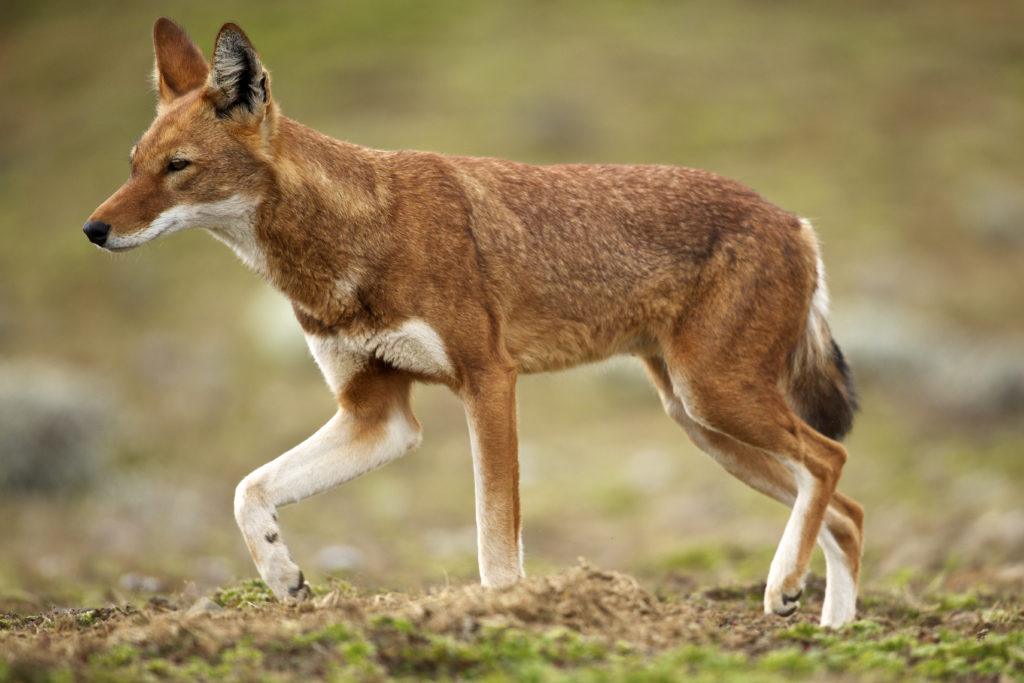
Ethiopian Wolf
The Ethiopian wolf is the rarest and most endangered canid in the world.
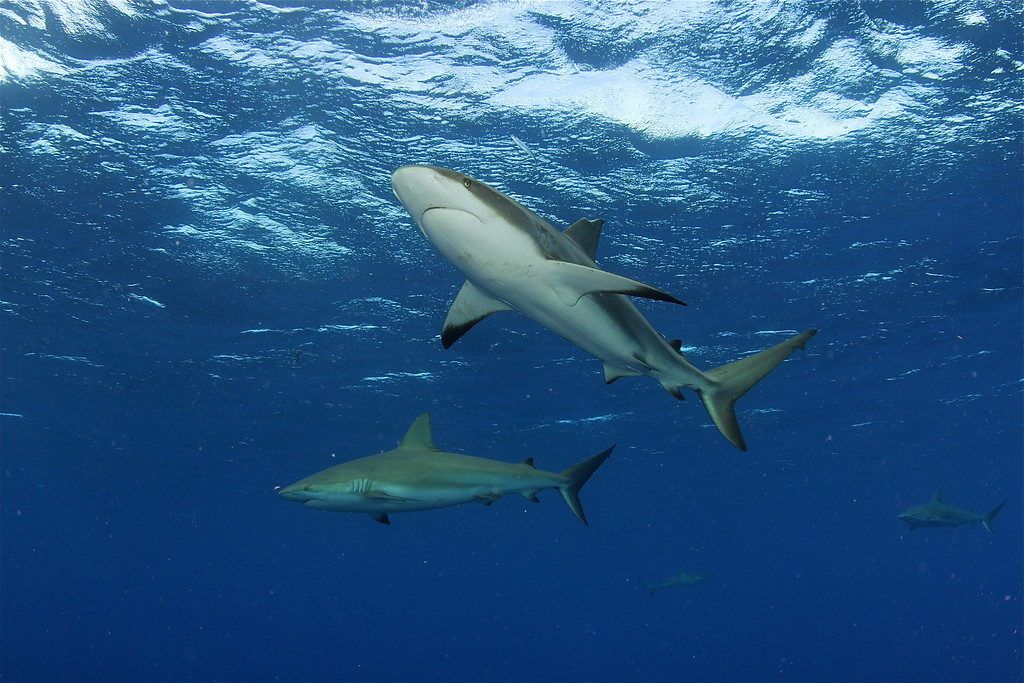
Sharks and Rays
Sharks and rays are essential for healthy oceans, but are vulnerable to human threats like pollution, climate change, and overfishing.
Your Support in Action
Relocating 2,000 Rhinos
The Rhino Recovery Fund helped African Parks develop a rewilding strategy for their Platinum Rhino project, which will relocate 2,000 white rhinos to protected areas across Africa over the next decade. This will significantly bolster rhino recovery and reintroduce them to new segments of their historic range.
323 rangers trained
Conservation Through Public Health analyzed nearly 2,200 mountain gorilla fecal samples, finding human and livestock-related parasites present among gorilla populations. To address this health issue, CTPH trained 323 rangers in handling emerging infectious diseases and expanded their efforts to reduce disease transmission between local people, tourists, and gorillas.
112 Acoustic Pingers
MARECET deployed 112 acoustic pingers on the nets of 15 local fishers, which emit high frequency sounds to ward marine mammals away from fishing nets. Preliminary results indicate that the pingers are effective at reducing bycatch and preventing accidental marine mammal deaths.
5 Painted Dog Packs
Painted Dog Conservation recorded five painted dog packs in the buffer zone outside Zimbabwe’s Hwange National Park, the most packs seen in this area in over 25 years. PDC has spent many years securing this area for painted dogs and their efforts are helping populations there thrive.
Best Holiday Gifts for Wildlife Lovers
Spend this holiday season making your loved ones feel extra special while supporting conservation. This is a time to show...
Read MorePreventing Wildfires, Providing Clean Water with Prop 4
WCN's California Wildlife Program is endorsing California's Proposition 4 (aka the "Climate Bond"). Prop 4 would enable implementation of a wide...
Read MoreA Tale of Two Species: Threats, Not Rarity, Decide Extinction Risk
Imagine yourself in 1870 somewhere in Michigan. You read in a local newspaper that five years ago, an Italian museum...
Read MoreBringing New Hope to Painted Dogs
As the sinking sun pulled shadows over Kenya’s vast Tsavo landscape, Joseph Kyalo Kimaile watched four painted dogs drinking from...
Read MoreFollowing Indonesia’s Giant Crocodiles
Raising his oar, Herdhanu Jayanto cleared a fallen branch from the narrow bend, the early morning peace periodically jolted by...
Read MoreTop Moments from WCN's Wildlife Conservation Expo
On October 5, WCN held our fall Wildlife Conservation Expo, our annual October gathering of conservationists from around the world...
Read MoreTo Foster Coexistence, Start with Livestock
The cow’s ear swatted away a fly above its bright orange GPS collar, sunlight glinting across the screen of the...
Read MoreClimate Week NYC: Conservation and Climate Action are Inseparable
From September 23-27, Wildlife Conservation Network staff, Partners, and grantees gathered with governments, practitioners, and funders in New York City...
Read MoreHonoring Elephant Protectors on World Elephant Day
Today is World Elephant Day, when we celebrate the captivating giants that roam Africa and Asia and their vital role...
Read MoreLeading Lion Conservation with Pride
With a firm grip, Simbarashe Pride Chatikobo shook one of the pen’s wooden struts, testing its stability. Fortunately, the raised...
Read MorePulling Bats from the Fire
Inieke Udokang and her colleagues readied their binoculars and slowly stepped into the darkness, the soft light from their headlamps...
Read MoreLeave a Lasting Legacy for Wildlife
What do you want to live on after you? Many of our supporters envision a world where wildlife thrives, people...
Read More
Corporate Partner
Best Holiday Gifts for Wildlife Lovers
Spend this holiday season making your loved ones feel extra special while supporting conservation. This is a time to show... Read More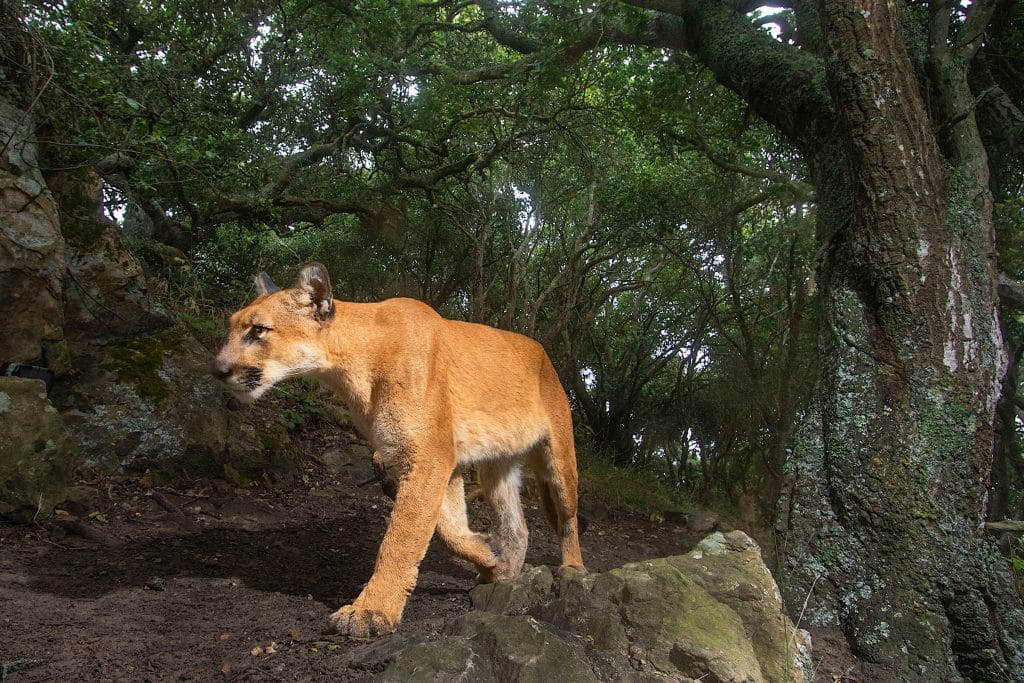
News Update
Preventing Wildfires, Providing Clean Water with Prop 4
WCN's California Wildlife Program is endorsing California's Proposition 4 (aka the "Climate Bond"). Prop 4 would enable implementation of a wide... Read More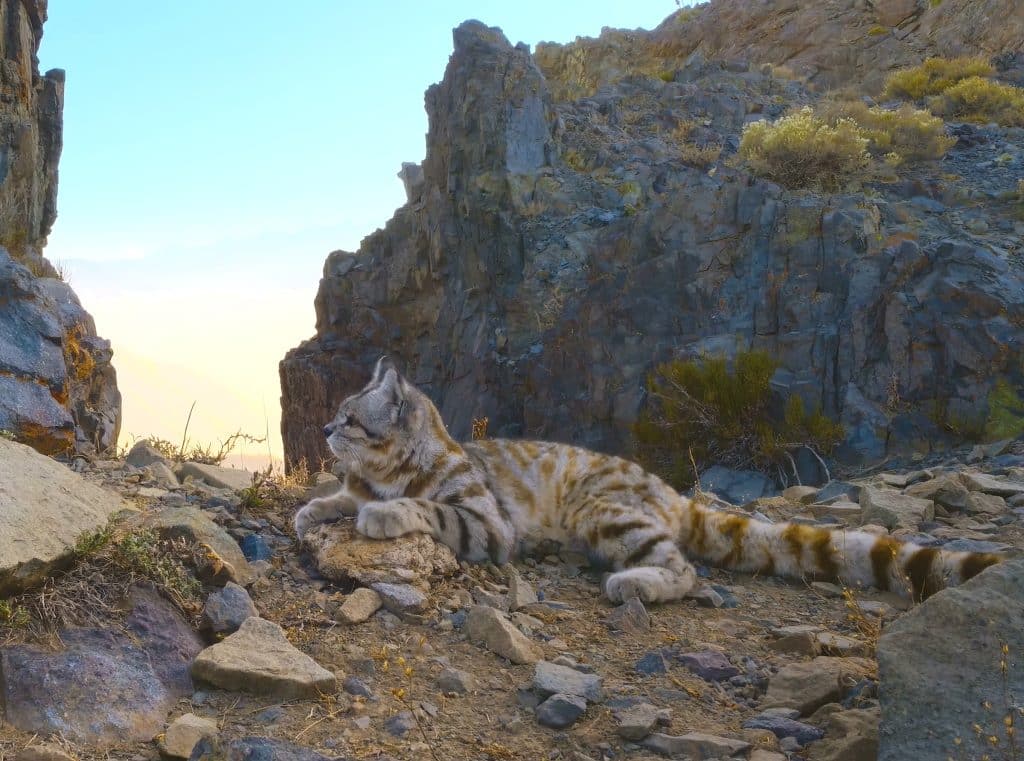
Stories: Small Wild Cat Conservation Foundation
A Tale of Two Species: Threats, Not Rarity, Decide Extinction Risk
Imagine yourself in 1870 somewhere in Michigan. You read in a local newspaper that five years ago, an Italian museum... Read More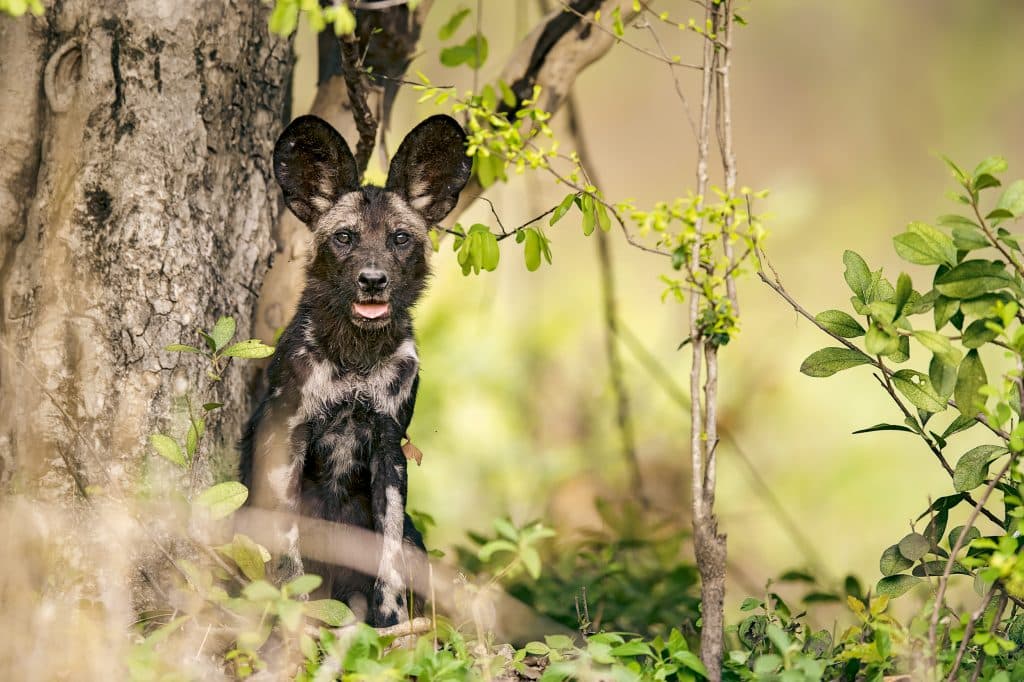
Stories: Painted Dog Fund
Bringing New Hope to Painted Dogs
As the sinking sun pulled shadows over Kenya’s vast Tsavo landscape, Joseph Kyalo Kimaile watched four painted dogs drinking from... Read More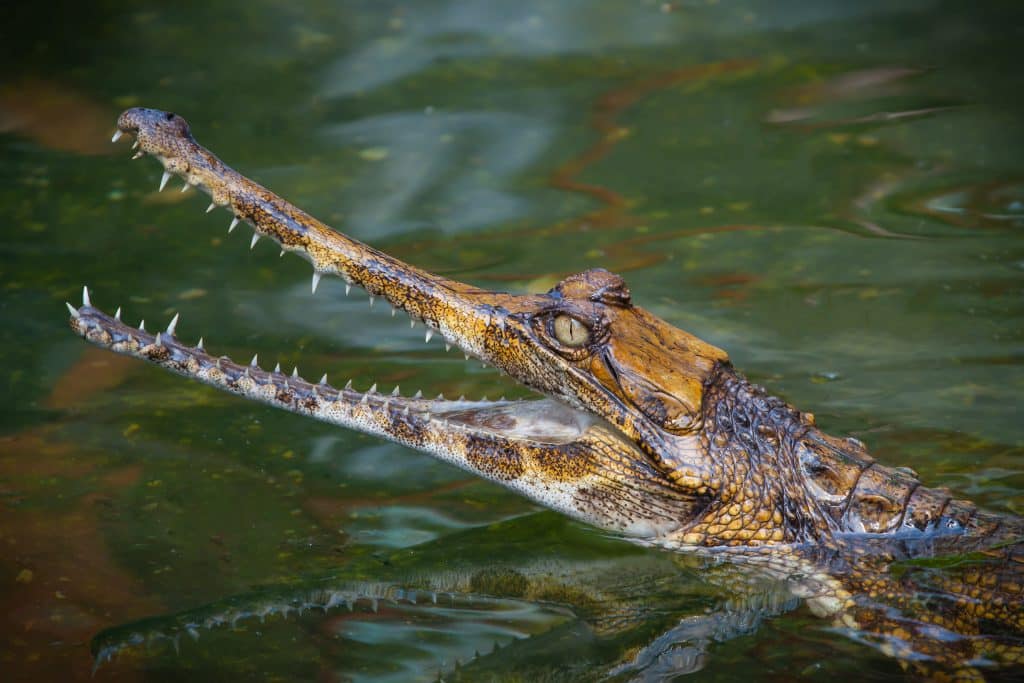
Stories: Scholarship Program
Following Indonesia’s Giant Crocodiles
Raising his oar, Herdhanu Jayanto cleared a fallen branch from the narrow bend, the early morning peace periodically jolted by... Read More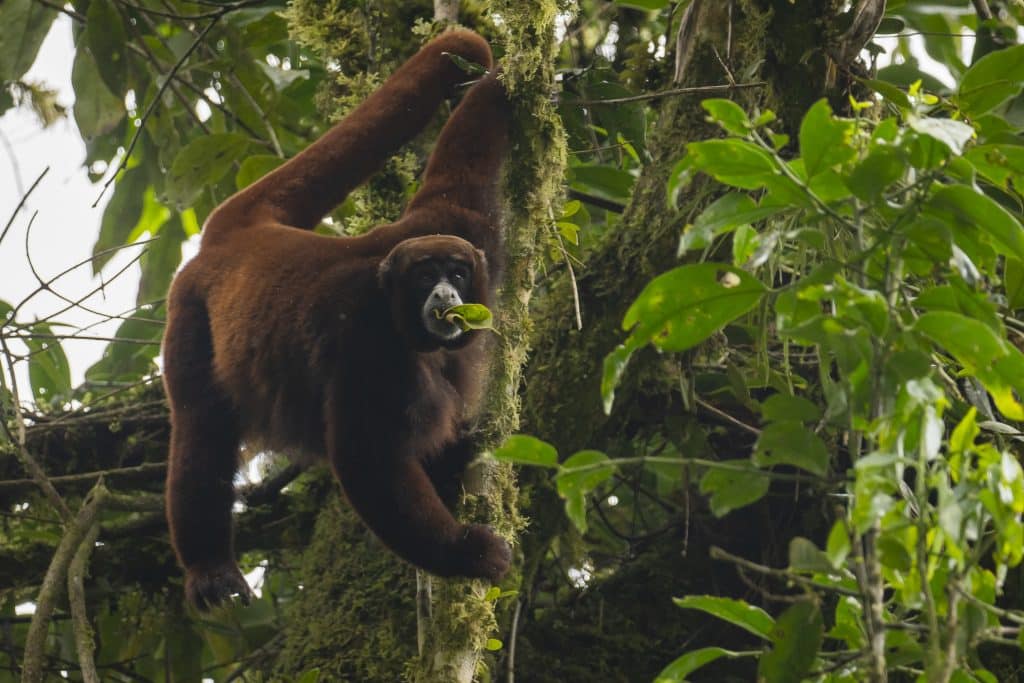
Expo
Top Moments from WCN's Wildlife Conservation Expo
On October 5, WCN held our fall Wildlife Conservation Expo, our annual October gathering of conservationists from around the world... Read More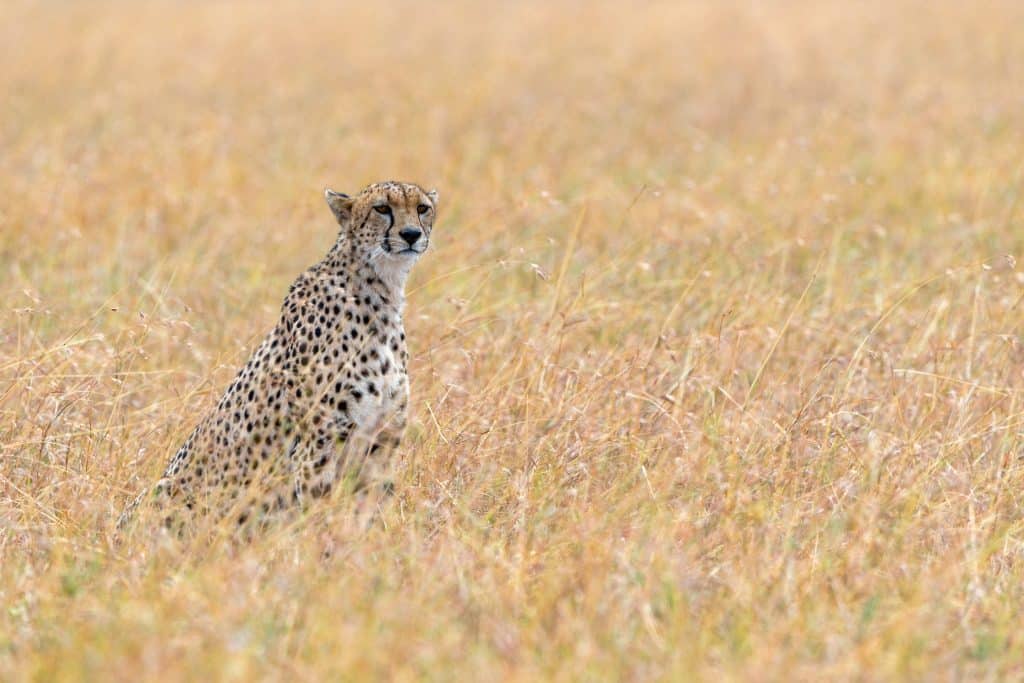
Stories: Cheetah Conservation Botswana
To Foster Coexistence, Start with Livestock
The cow’s ear swatted away a fly above its bright orange GPS collar, sunlight glinting across the screen of the... Read More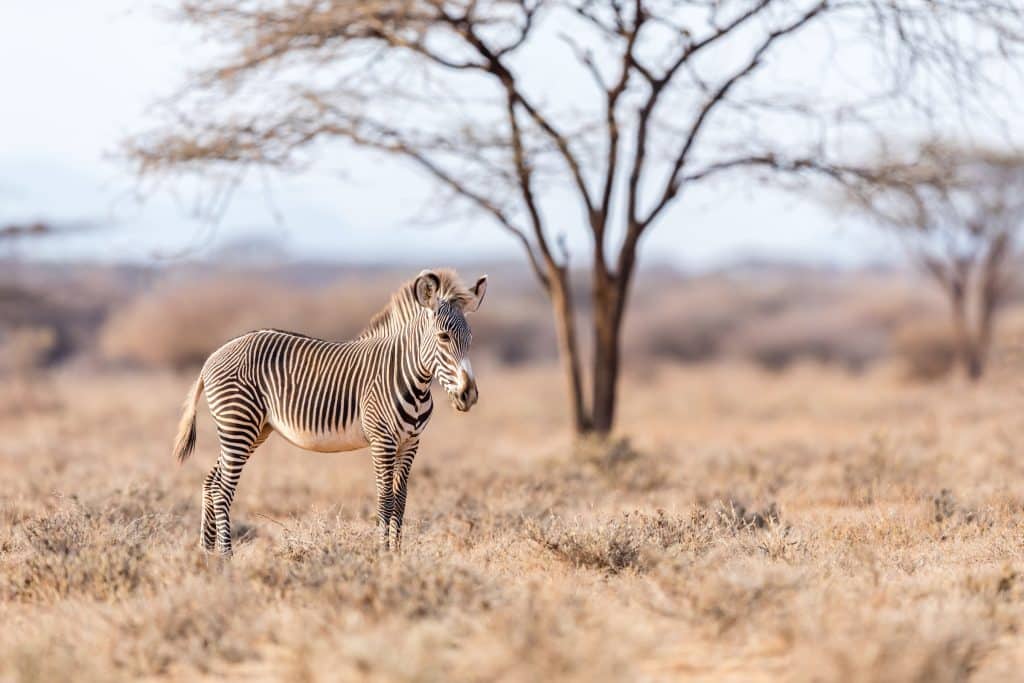
News Update
Climate Week NYC: Conservation and Climate Action are Inseparable
From September 23-27, Wildlife Conservation Network staff, Partners, and grantees gathered with governments, practitioners, and funders in New York City... Read More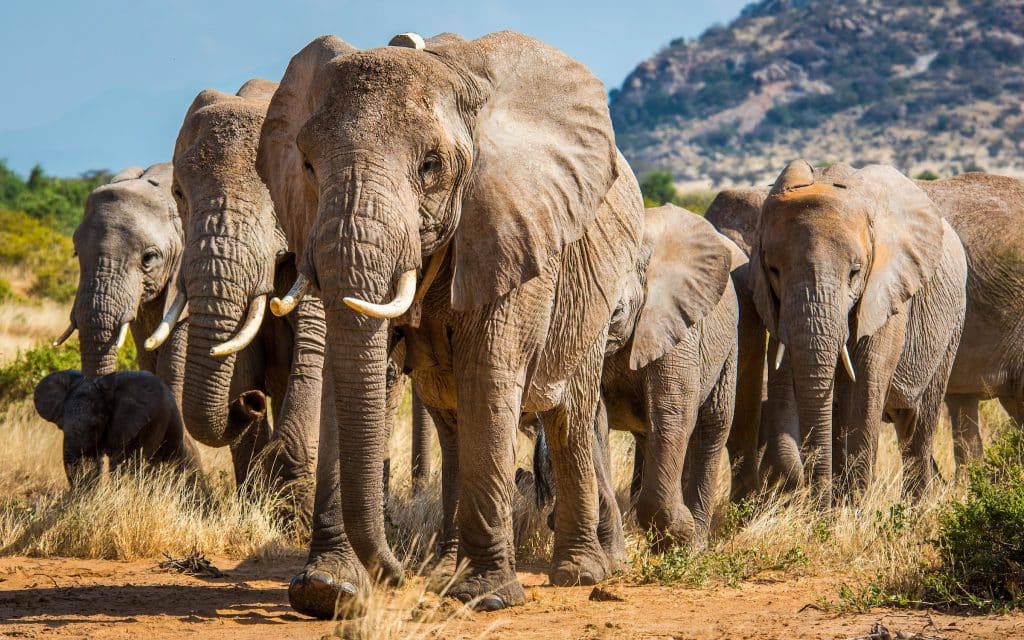
News Update
Honoring Elephant Protectors on World Elephant Day
Today is World Elephant Day, when we celebrate the captivating giants that roam Africa and Asia and their vital role... Read More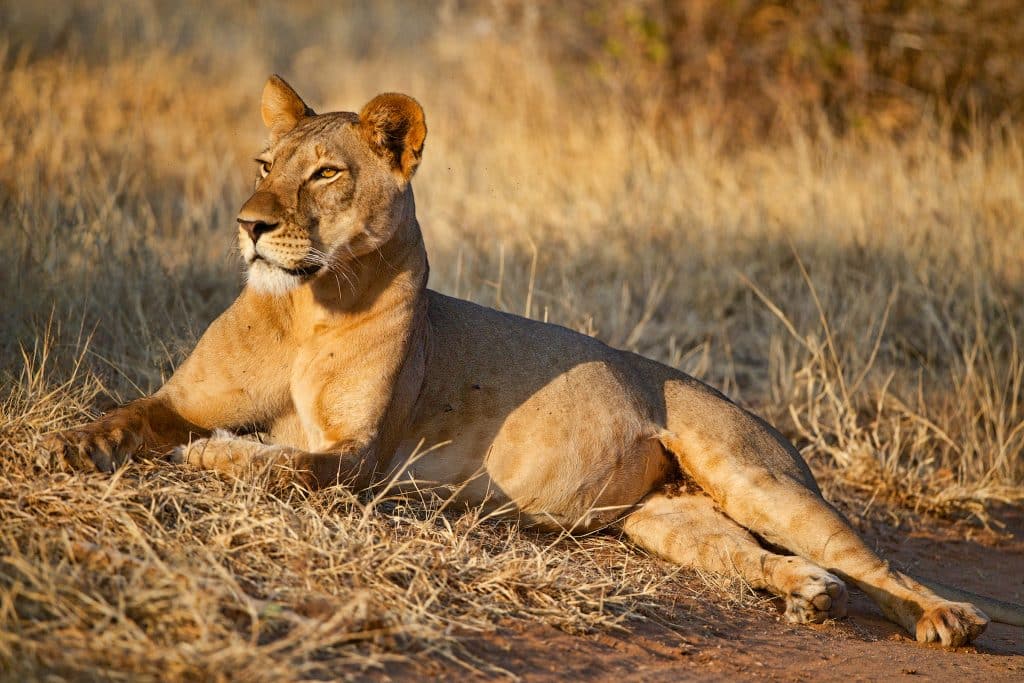
Stories: Career Program
Leading Lion Conservation with Pride
With a firm grip, Simbarashe Pride Chatikobo shook one of the pen’s wooden struts, testing its stability. Fortunately, the raised... Read More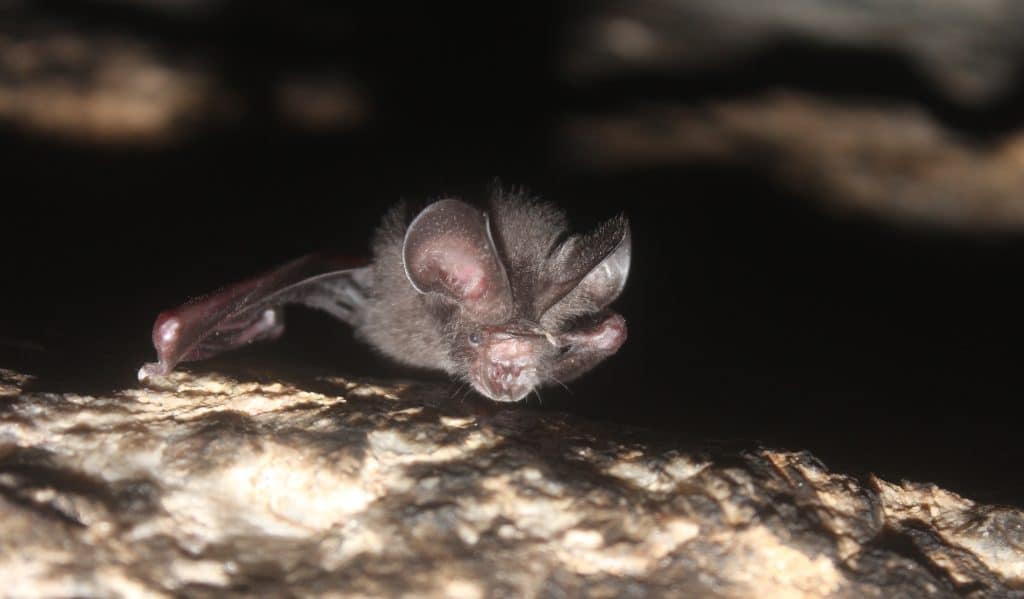
Stories: Small Mammal Conservation Organization
Pulling Bats from the Fire
Inieke Udokang and her colleagues readied their binoculars and slowly stepped into the darkness, the soft light from their headlamps... Read More